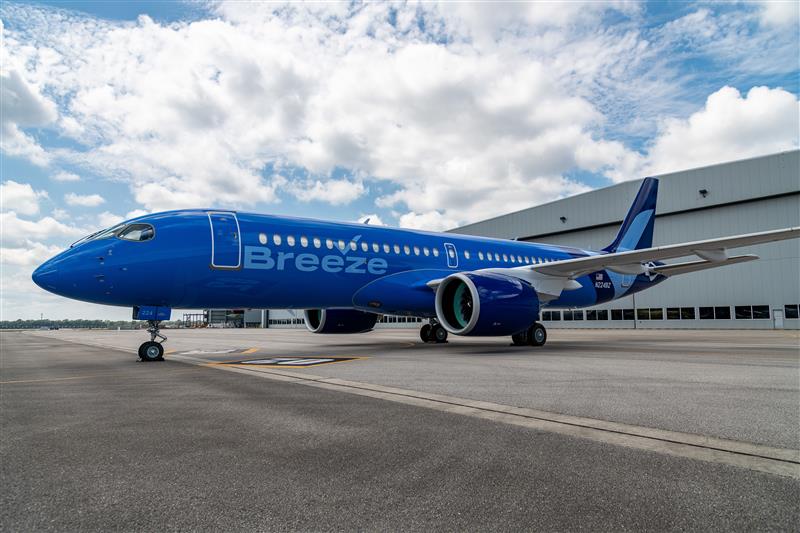Cadillac CTS-V: GM’s new attitude, in a fun package
Published 5:00 am Sunday, March 28, 2010
WASHINGTON — It was an easy decision. I could take a train to New York from Union Station in Washington, or I could drive there from my home in Virginia.
I drove.
Trending
The weather was beautiful throughout the mid-Atlantic and Northeast. The car, the 2010 Cadillac CTS-V sedan, was beyond tempting. After a week of driving it in Virginia, there was no way I would sacrifice a last chance behind its wheel by choosing a train.
There were the usual objections from my two-member support team, who’ve become increasingly fussy about my taking long, solo road trips since I’ve crossed into my sixth decade.
My wife, Mary Anne, insisted that I go by train. “You’ll only be there for one day,” she said. Ria Manglapus, my associate for vehicle evaluations at The Washington Post, agreed.
I appreciated their concern but suspected ulterior motives. Mary Anne, who has a passion for high-performance cars, drove the CTS-V every chance she got. Ria, another muscle-car nut, was deprived of time behind the CTS-V’s wheel because of Mary Anne’s enthusiasm. Leaving the car at home for a day or two before its scheduled pickup would have satisfied them both.
I couldn’t do it.
I’ve loved Cadillac’s CTS cars since their introduction in 2002 as 2003 models. I had watched their development from concept to prototype to manufacture for retail. I had long believed that they would be the cars that signaled a rebirth of GM’s Cadillac Division and GM itself.
Trending
GM’s turnaround proved tougher than that. It included ego-bruising bailouts from the federal government and a trip through the purgatory of federal bankruptcy court.
But what I believed about the significance of the CTS cars proved correct. They demonstrated a welcome new attitude at GM — a willingness to take risks, to produce a car that generates passion pro and con, and whose overall quality and road performance tops the best the global automobile industry has to offer.
Proof of market acceptance was demonstrated by sharply rising CTS sales from 2002 to 2005 and continued strong sales for the model line during the fuel and financial crises in the latter part of the decade.
The CTS automobiles, offered with rear-wheel and all-wheel drive, include sedans, coupes, station wagons and this week’s subject model, the high-performance CTS-V.
It is, in the truest sense, a driver’s car. But it’s one that caters to passengers as well.
Equipped with a standard manual six-speed manual transmission, or with a an optional six-speed automatic that also can be operated manually, it offers effortless acceleration, moving from 0 to 60 mph in a bit more than four seconds. Credit for that goes to its supercharged 6.2-liter V-8 engine (556 horsepower, 551 foot-pounds of torque). Highway handling beats anything I’ve driven from Asia or Europe. But city handling leaves something to be desired.
The CTS-V sedan driven for this column is overweight for a compact car, with a factory weight (minus passengers and cargo) of 4,222 pounds. You feel that load in slow-moving, congested city traffic. It’s like an obese body moving in thick shoes over a dance floor. But at highway speeds, that clumsiness disappears.
What remains is an exceptional grace of movement, accompanied by a baritone exhaust note that is worthy of a symphony hall.
Anyone who worries about GM’s longevity has got to drive the Cadillac GTS-V.
If the company continues to make cars of quality, including its gas-sipping economy and future electric models, it’s going to be around for a very long time.
Bottom line
Customers more interested in miles per gallon than smiles per mile should stay away from this one. The CTS-V comes with a $1,300 gas-guzzler tax at purchase. It gets 12 miles per gallon in the city and 18 mpg on the highway. And it prefers premium “for best performance.”
Ride, acceleration, handling: On the highway, it gets superior marks in all three.
Ride remains great in the city. But acceleration becomes a grumbling affair in stop-and-go traffic. And handling becomes clumsy.
This car prefers long-distance driving.
Safety: Standard equipment includes front and rear ventilated disc brakes, four-wheel antilock brake protection, emergency brake assistance (to more quickly, precisely apply brake pressure in emergency stops), electronic stability and traction control, OnStar emergency communications, front dashboard airbags, front side-mounted airbags and front and rear head airbags.
2010 Cadillac CTS-V Sedan
Base price: $60,720
As tested: $68,445
Type: The compact, front-engine CTS-V is built on GM’s rear-wheel drive Sigma platform. Other CTS models are offered with rear-wheel or all-wheel drive. The CTS-V is available as a coupe or sedan.
Engine: Supercharged, 16-valve, 6.2-liter V-8 engine that develops 556 hp at 6,100 rpm and 551 ft-lbs of torque at 3,800 rpm. The standard transmission is a six-speed manual. A six-speed automatic that can be shifted manually is available.
Mileage: 12 mpg city, 18 mpg highway








